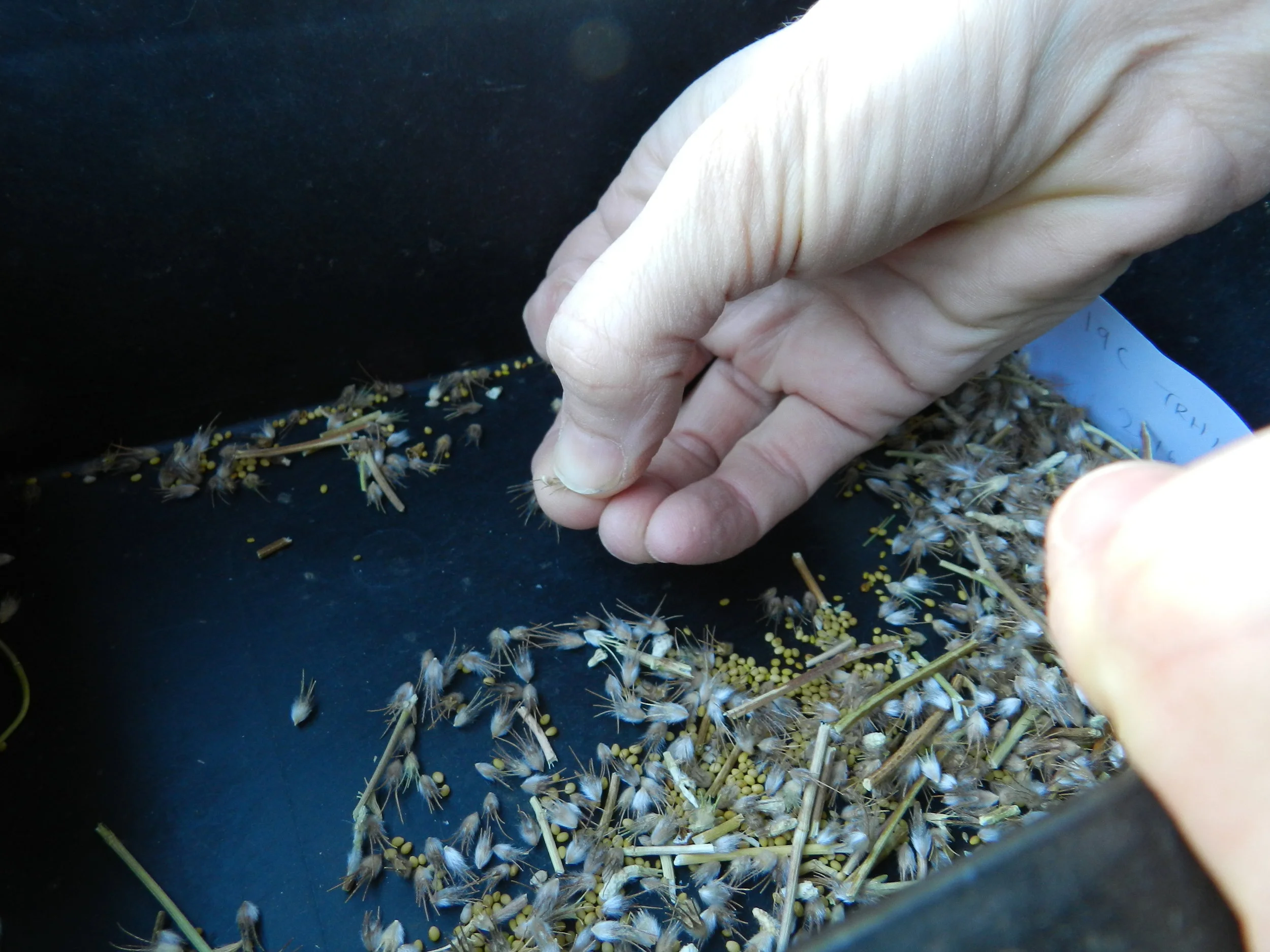By Marcello De Vitis
In Europe, grasslands are counted among the most species-rich vegetation types but also the most extensively degraded and least protected habitats. The role played by the native seed production sector is therefore crucial in providing native seed for grassland restoration
The native seed industry for herbaceous plants in Europe is a relatively young sector, with the oldest companies having about 35 years of experience. This sector has also a very uneven level of development across the continent.
Characterizing the native seed production sector and understanding opinions and perspectives of the native seed users are beneficial to practitioners and policy makers.
In fact, both communities of users and governments are in need of practical information and efficient tools for ecosystem management and preservation.
The recently published study by De Vitis et al. (2017), provided a snapshot of the state of the native seed community (producers and users) in Europe. In particular, we characterized the native seed production sector in Europe – looking at the number of seed suppliers per country, the number of workers per supplier, the occurrence of associations for native seed producers and certification systems for native seed; detailed the outcomes of the direct survey method for the European native seed community – gathering more than 1300 contacts and direct surveying more than 200 stakeholders across Europe; and reviewed projects funded by the European Union covering grassland restoration as an indication of the scale required in planning for native seed utilization.
This study shows for the first time, at European level, information on:
- The extent of the native seed production sector in terms of number of companies per country and number of workers per company;
- The available seed zones for herbaceous plants;
- The associations for native seed producers and the certification systems for native seeds;
- Information and data on the native seed market and major consumers;
- The potential economic constraints related to native seed production and seed-based restoration;
- Acceptance of seed zones and use of official guidelines for native seed;
- Level of collaboration between production and research; and
- The willingness of the native seed stakeholders to participate in associations and networks.
This first multinational study provided data that can guide decisions in this sector that are critical for fulfilling the growing demand for native seed as a primary tool for large-scale restoration on the continent.
For more information read the full open-access article at http://www.mdpi.com/2071-1050/9/10/1682.
